Welcome to my blog and please read below my participation for the engagement challenge contest with the title, How to cultivate a paddy.
I will discuss all that I know about paddy cultivation and the things to do to improve yields and quality.

What is the method of rice seedbed preparation and what steps are taken in preparing the soil for rice cultivation.
The method of rice seedbed preparation and soil preparation for rice cultivation involves somew of these steps;
Method of Rice Seedbed Preparation:
◆ Select suitable land that is well-drained, leveled and the one that has adequate water supply.
◆ Plowed and harrows it by tilling the soil up 15 to 20 cm depth to make sure the soil is loosened and aerated.
◆ Make sure the soil is level in a uniform depth
and so to helps in optimal water control.
◆ After levelling, ccreate beds, that is a little bit above the ground.
◆ Sterilised the soil by applying herbicides which will help to control pest and weeds.
Soil Preparation for Rice Cultivation:
★ Pre-Planting this takes up to two to four weeks before transplanting.
★ Pre-Transplanting this will take up to one or two weeks before transplanting (1-2 weeks before transplanting):*
★ Transplanting this involves transferring seedlings to main nursery beds.
★ Post-Transplanting involves controlling water level and application of fertilizer as well as monitoring and controlling pest and diseases.

What is the importance of planting rice seeds at the right time?

Planting rice seeds at the right time is very important for optimal growth, quality and yield.
When we plant on time, it ensures;
★ It allows time for rice to grow in the best temperature.
★ Planting it on time will reduce pest and diseases.
★ Planting rice on time will reduce damages and improve rice quality.
★ Rice need consistent moisturising and as such Planting it on time will give it time to moisture .

How is regular irrigation and fertilizer applied after sowing rice seeds?

It is important to pay attention to regular irrigation and fertilizer application after sowing rice for optimal growth and yield.
Irrigation Management
Start pouring water on the rice plant two to three
days after sowing.
This will continue for the first one month of planting rice and also ensure proper drainage to avoid water logging.
Fertilizer Application
◆ It is recommended to use NPK that is (nitrogen-phosphorus-potassium) fertilizer at sowing.
◆ Spread the fertilizers evenly over the field after sowing.
If rice farmers adopts optimal irrigation and fertilizer management practices, they will enhance yields, improve the quality of their grains, reduce the impact caused by the environment and finally will enjoy increase profitability.

What are the major pests and diseases of rice crops, and how can they be controlled?

These are some of the major pests and diseases affecting rice crops.
Pests
Aphids
Brown plant hopper
Rice gall midge
White backed plant hopper
Rice hispidellus
Rice leaf folder
Rice stem borer
Diseases
Leaf blast
Blast
Bacterial blight
Root rot
Sheath blight
Tungro virus
Panicle blight
How to Control Pest
Pest can be controlled by means of crop rotation, sanitation and resistant varieties.
Pest can be controlled by using insecticide like imidacloprid pesticides application.
How to control diseases
Diseases can also be controlled by crop rotation method, sanitation, resistant varieties and flood management.
Diseases can be controlled using fungicides like azoxystrobin and bactericide like copper based.

What are the next steps after harvesting the paddy and what are the steps to be taken to preserve the paddy?

When paddy is harves, the next steps to take are important ensure quality and preservation.
Post-Harvest Operations:
★ Drying the paddy to reduce moisture content which will prevent it from spoiling.
★ Thresh it by separating grains from the straw and the chaff.
★ Clean the paddy by removing all impurities and broken grains from the paddy.
★ Grains should be sorted by size and qualities.
Steps to Preserve the paddy
◆ Paddy should be stored in a well ventilated and dry areas.
◆ The storage can be done in air tight bags, metal of plastic containers.
◆ It can also be stored in silos that has the ability to control temperature and humidity.
◆ Fumigate the storage area to control pest and diseases.
◆ Maintain low mositure content when storing paddy.
◆ Avoid direct exposure to sunlight and moisture.
I am inviting @manuelhooks, @bela90 and @dequeen to participate in the engagement challenge contest.
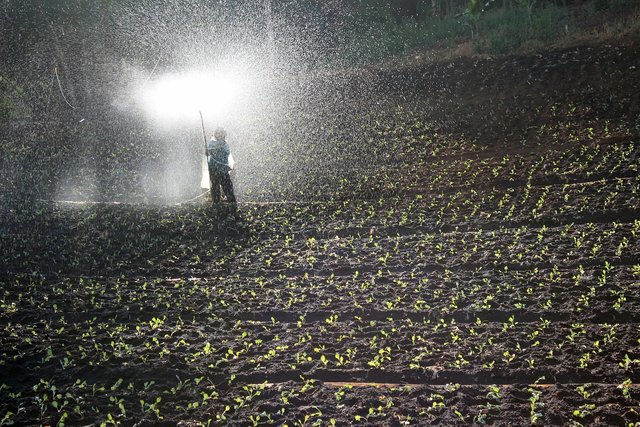
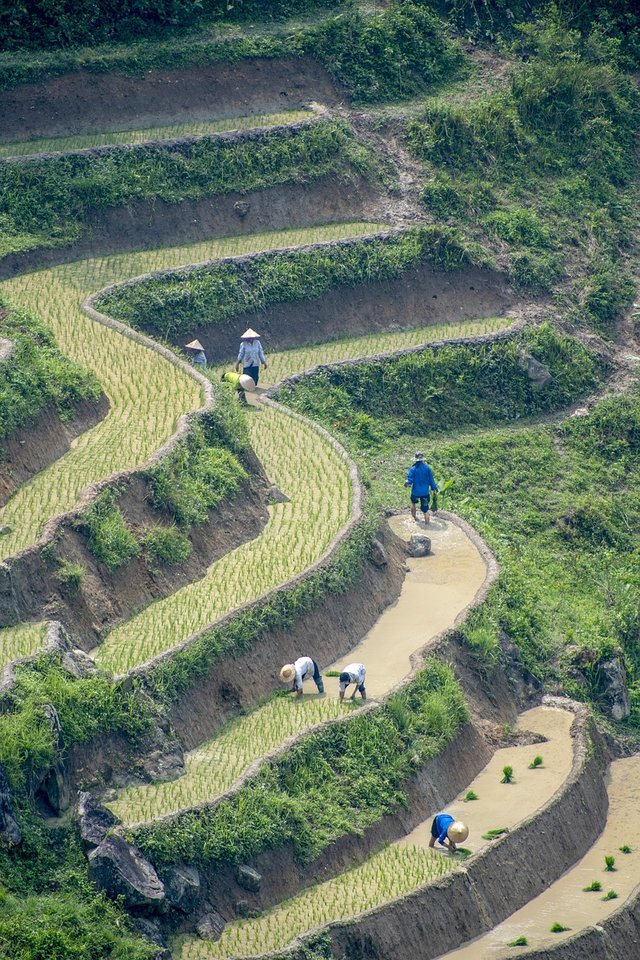
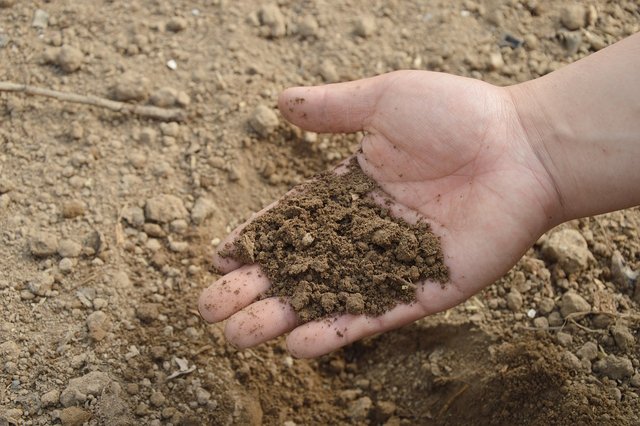
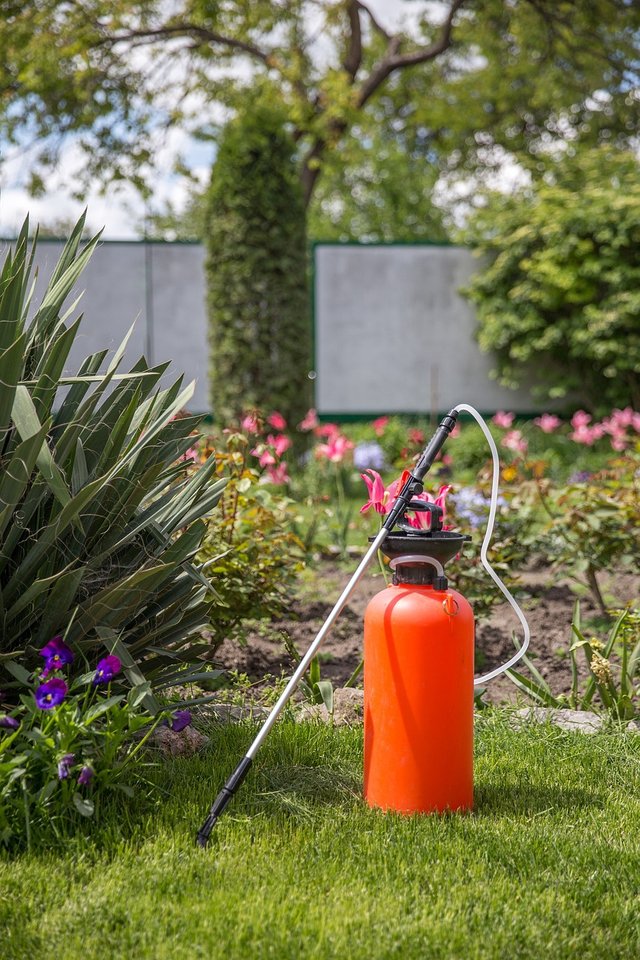
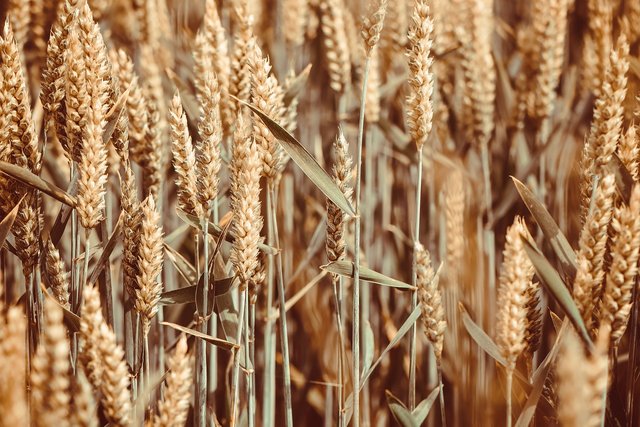
Upvoted. Thank You for sending some of your rewards to @null. It will make Steem stronger.
Downvoting a post can decrease pending rewards and make it less visible. Common reasons:
Submit
https://x.com/udyliciouz/status/1837929430024442232?t=1KuYCm7dZey7VZ2cT_UHtw&s=19
Downvoting a post can decrease pending rewards and make it less visible. Common reasons:
Submit
Welcome to the agro-learning challenge season 20.
Observations and suggestions:
. During soil preparation, we really need to carry out soil testing which helps ascertain soil pH and regulate the amount of fertlizer application. This is essential to maximise resources and as well achieve greater yield.
. You have demostrated goo knowledge though still needs to be detailed while stating out your points.
Thank you for your participation. We hope to see you in week 3.
Downvoting a post can decrease pending rewards and make it less visible. Common reasons:
Submit
TEAM 5
Downvoting a post can decrease pending rewards and make it less visible. Common reasons:
Submit